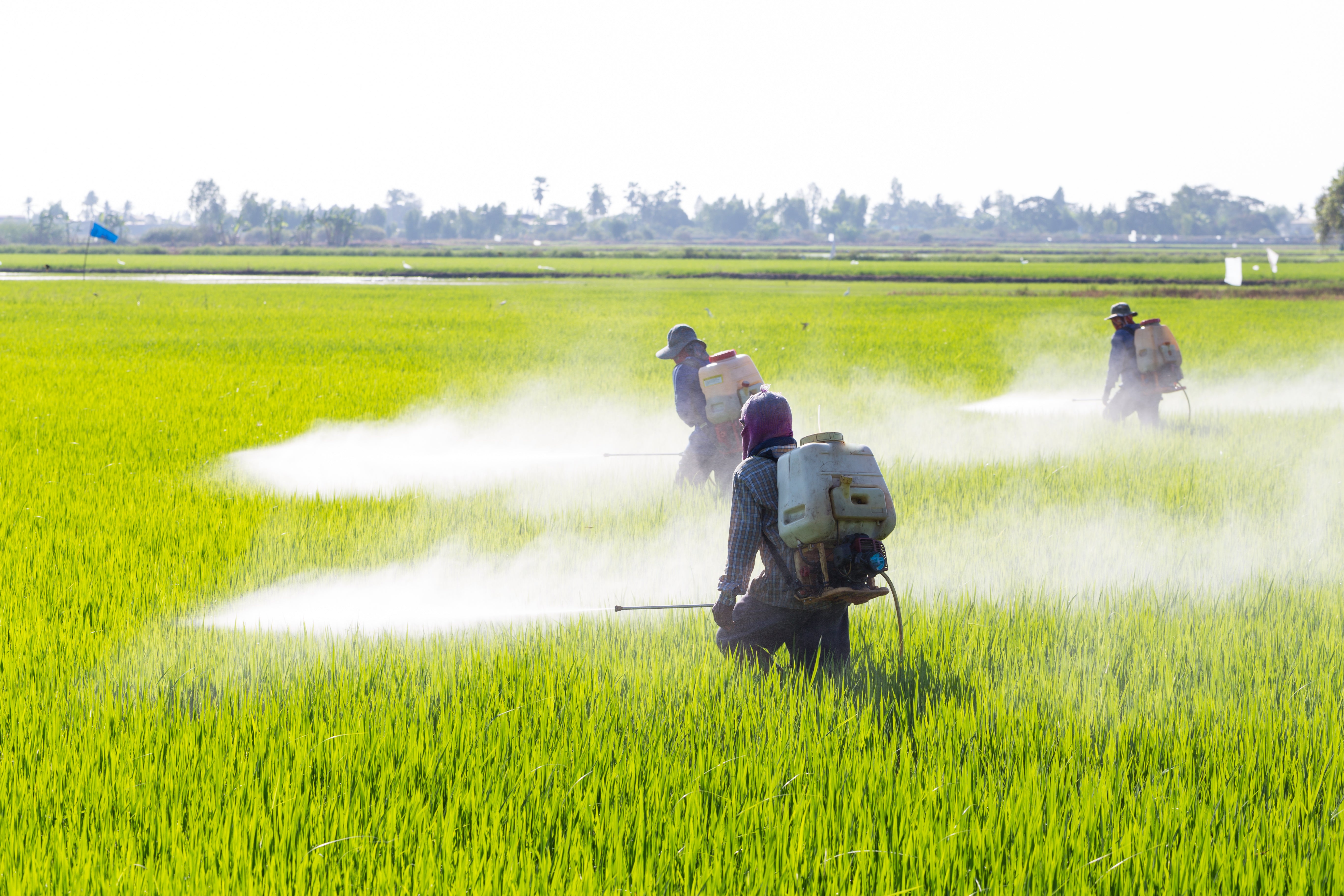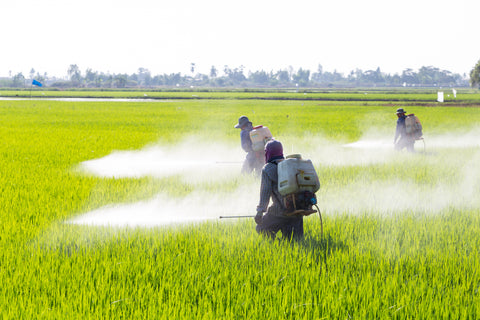Numerous Safety Reports Show Pesticides Can Be Detrimental To Consumers’ Health
You may think that eating an organic diet is just another passing phase. However, it’s not a fad. With more people becoming aware of the benefits, most are doing what they can to improve their health. In 1998, there was $5.4 billion made in U.S. sales. In 2000, that number increased to $7.8 billion.
According to a 2004 Whole Foods Market Organic Foods Trends Tracker survey, 27 percent of American consumers have consuming more organic foods than the year before.
A California Department of Pesticide Regulation study found there was a 20 percent increase in the number of people who had been poisoned caused by drifting pesticides. Due to the increased concern of pesticides in food, Congress passed the 1996 Food Quality Protection Act. This act allows for the EPA to look at the use of pesticides and their impact on food.
Much attention was given to the impact pesticide residue have on infants and children who often eat more and have lower body weights. The attention focused on what risks were associated with the residue.
A 1999 food safety report showed that pesticide residue on foods children eat on a daily basis were above the safety level. High pesticide residue levels were found on various foods such as
• Apples
• Cantaloupes
• Grapes
• Green beans
• Peaches
• Pears
• Strawberries
The Consumers Union encouraged consumers to purchase organically-grown varieties, especially vegetables and fruits.
Organophosphates, which are considered neurotoxins, are the most common U.S. pesticide. A 2002 article looked at the urine concentration of two-to-five-year-olds to see how much OP residue remained in their body. Researchers discovered children who consumed non-organic food had an 8.5 times higher concentration of OP residue than children who consumed organic food.
Studies show that fetal growth is affected by the detrimental effects OP residue has.
And, it’s not just pesticides that are dangerous. 70 percent of all antibiotics are used in livestock to increase their mass. In fact, 24.6 million pounds of antibiotics are given to farm animals on an annual basis. Public health officials have found a link between low-level antibiotic and people contracting antibiotic-resistant infections from those drugs.
American Medical Association came up with a resolution in June 2001 that opposed using antibiotics even at sub-therapeutic levels. And, in a 2001 report, the World Health Organization cautioned farmers from using antibiotics to help with growth promotion. Many studies have revealed this same antibiotic-resistant bacteria is also inside consumers’ intestines.
Are You Wanting To Become More Knowledgeable in Organic Produce?
Grab Our New E-Book Originally Organic & Discover Everything There Is To Know About Living Simply Organic Today. SPECIAL DISCOUNT: Use Discount Code 33OFF To Get 33% Off The E-Book...










